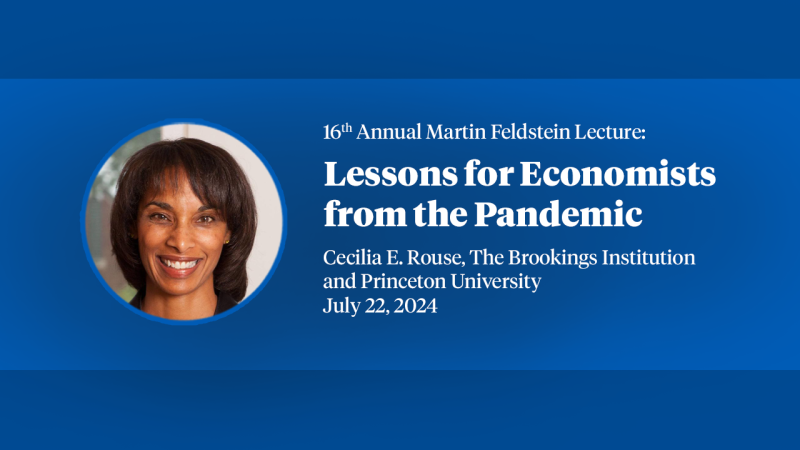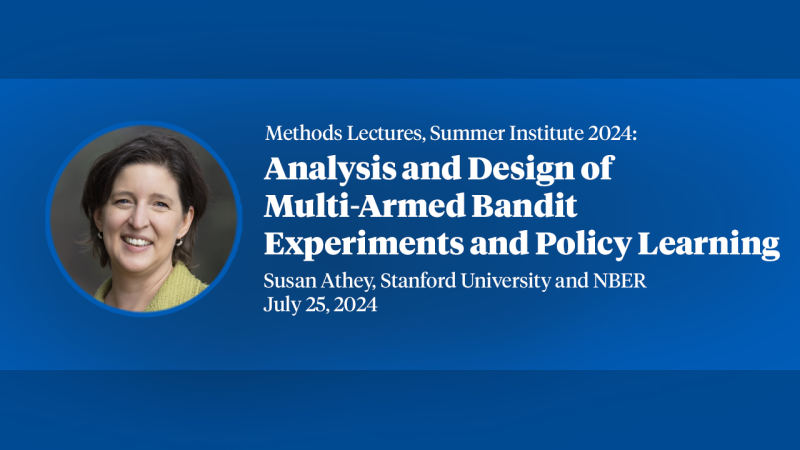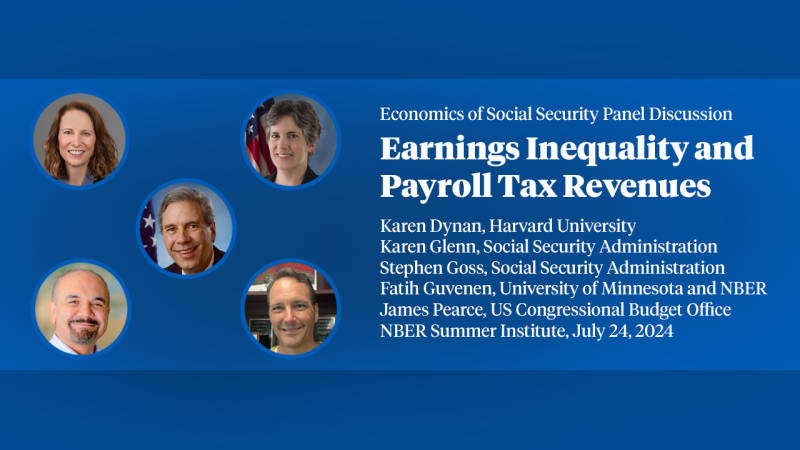The Inverted U-Shaped Relationship between Female Entrepreneurship and Economic Development
In the World Bank Enterprise Survey, the share of entrepreneurs who are women first rises and then falls with national income, which reverses the well-known U-shaped relationship between female labor force participation and economic development. This paper presents a model of entrepreneurship in which women face disadvantages, including discrimination from workers and household demands on their time, that deter firm formation in the poorest countries. In richer countries, these forces mean that women are less likely to start more complex organizations. In the model, women face the most level playing field in middle-income countries, where the returns to entrepreneurship are high enough to offset gender-based costs and both sexes typically form simple forms. We document three facts that are compatible with the model: male-owned firms are typically much larger than female-owned firms, large firms yield far higher revenues per employee and female-owned firms are more usually in industries with low levels of skilled workers. Despite the entrepreneurship rate’s reversal of the U-shaped link between female labor-force-participation and economic development, female labor-force-participation and the entrepreneurship rate are highly correlated across countries. The female entrepreneurship rate is also strongly associated with female education, weak kinship ties and Buddhism.


